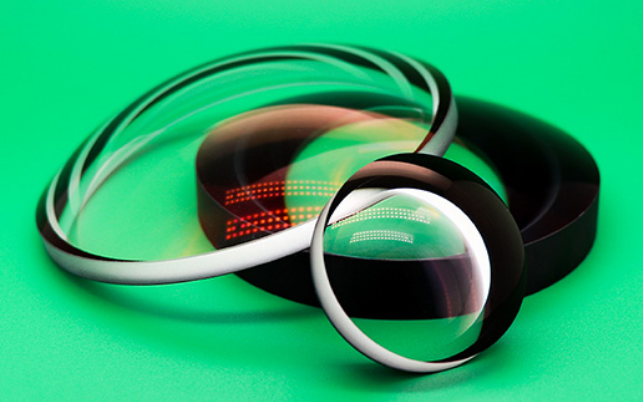Function and Characteristics of Infrared Hemispherical Fairings
Nov. 21, 2023
Introduction to Infrared Fairings
Infrared fairings serve as protective covers for the infrared optical systems of guided missile systems, offering vital defense against external elements such as sand, rain, and snow. These fairings are integral components of rockets and missiles, tasked with bearing aerodynamic loads and safeguarding the integrity of infrared optical systems while ensuring minimal impact on imaging quality and aberration correction. Additionally, infrared fairings may incorporate stealth and anti-missile technologies to enhance their effectiveness in combat scenarios.
The Spherical Structure
Early Adoption and Characteristics
The spherical structure is one of the earliest designs employed for infrared fairings. Characterized by spherical inner and outer surfaces, this design facilitates ease of processing and optical system design. During imaging, the uniformity of aberration generated by the hemispherical fairing minimally impacts the optical system. However, the limited angle of attack in missile applications constrains the performance of spherical fairings, making them less suitable for high-performance missiles.
Challenges of Hemispherical Fairings
While hemispherical fairings offer certain advantages, they face challenges during high-speed flight, where they experience increased stress levels due to their poor aerodynamic shape. The resulting heat generated by pressure and friction with the air can lead to temperature spikes, restricting high-speed flight and precise missile guidance. Moreover, varying temperatures across the fairing may induce local stresses, potentially compromising the material's mechanical properties and leading to cracking, especially in harsh working environments.
Addressing Shortcomings
To overcome the limitations of hemispherical fairings, optical engineers have developed alternative fairing shapes. However, these alternative designs often introduce additional optical aberrations such as defocus, spherical aberration, coma, and astigmatism. To mitigate these aberrations, optical aberration correctors, typically composed of optical elements such as lenses, are integrated into the system. This optimization process aims to enhance imaging quality and correct residual aberrations.
Coatings and Enhancements
In related designs, fairings may undergo coating processes to further improve their performance. Coatings serve to reduce infrared radiation reflection, enhance infrared radiation penetration, and improve resistance to corrosion from acid, alkali, salt, and fog. Additionally, coatings prevent the detachment of antireflection films. The application of a diamond film layer on the fairing surface not only enhances corrosion resistance but also improves impact resistance against sand and dust during high-speed movement.
Conclusion: Advancing Infrared Fairing Technology
In conclusion, the function and characteristics of infrared hemispherical fairings are essential considerations in the design and implementation of guided missile systems. While hemispherical fairings offer simplicity and uniformity in aberration correction, they face challenges related to aerodynamic performance and mechanical durability during high-speed flight. As optical engineers continue to innovate, alternative fairing shapes and advanced coating technologies aim to overcome these limitations and optimize the performance of infrared optical systems in missile applications.
If you are seeking high-quality infrared fairings or require expert guidance on optical system design, please don't hesitate to contact us. As a leading supplier of optical components and solutions, we are dedicated to meeting your specific requirements and supporting your defense and aerospace endeavors with innovative and reliable products.






















